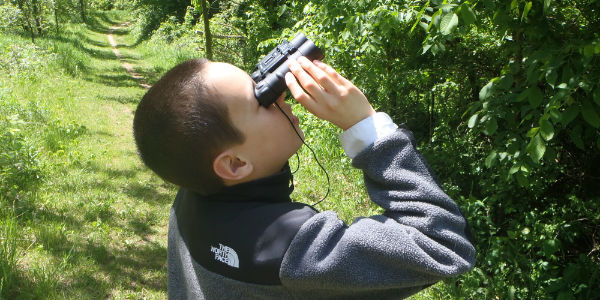
Products, Resources
14 Tools For Science Exploration In The Summer
“We have a whole cupboard of art supplies, but no space for science supplies!” my husband indignantly exclaimed. That wasn’t completely true - after all, our box of math manipulatives was stuffed into the art cupboard. We have plenty of scientific tools scattered around the house. But he had a point. Exploration of the natural world is the perfect way to encourage social engagement, sensory integration and general awareness. Summertime science lessons also help prevent academic regression. We needed a science cupboard.What should we put into a science cupboard? We found a dozen inexpensive, everyday items to help our son with his summer goals: speech, fine motor skills, social skills and retention of academic skills.



